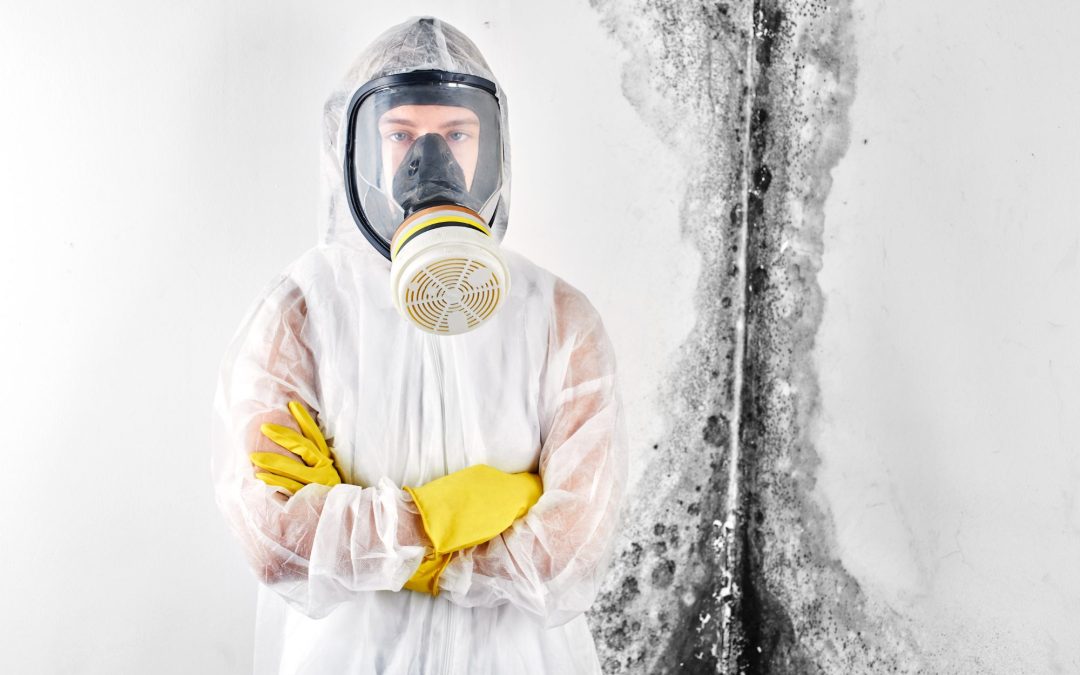Unmasking Harmful Black Mold: A Guide to Identification
Discovering mold in your home can be alarming, but when it comes to the notorious black mold, swift action is crucial. Identifying harmful black mold is the first step towards ensuring a safe and healthy living environment.
1. Distinct Appearance:
Black mold, scientifically known as Stachybotrys chartarum, typically appears dark greenish-black and has a slimy or powdery texture. It often grows in clusters and can spread rapidly in areas with high humidity.
2. Musty Odor:
One of the telltale signs of black mold is its musty and earthy odor. If you notice a persistent, unpleasant smell in a particular area of your home, it could indicate the presence of black mold.
3. Water Damage History:
Black mold thrives in damp, wet conditions. If your home has a history of water damage, leaks, or flooding, it increases the likelihood of black mold growth. Check areas that have been previously affected by water issues.
4. Respiratory Symptoms:
Exposure to black mold can lead to various health issues, including respiratory problems. If you or your family members experience persistent coughing, sneezing, or irritation of the eyes and throat, it could be a sign of black mold contamination.
5. Professional Inspection:
While visual cues are essential, consulting with a professional mold remediation service is advisable for a thorough inspection. Certified experts can conduct a comprehensive assessment and use specialized equipment to detect hidden mold in wall cavities or beneath flooring.
Identifying harmful black mold is a proactive measure to safeguard your home and health. If you suspect black mold, don’t hesitate to seek professional assistance for a proper inspection and safe removal. Early detection and remediation ensure a mold-free and healthy living space for you and your loved ones.

